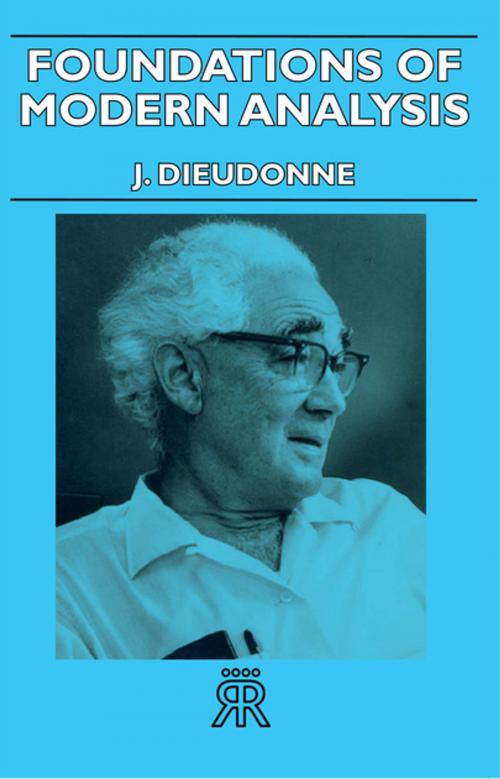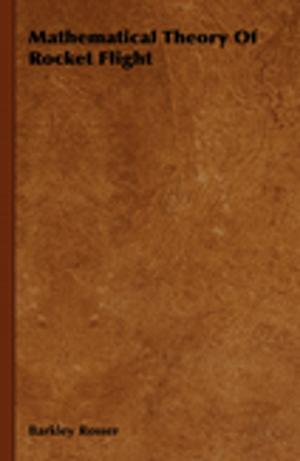| Author: | J. Dieudonne | ISBN: | 9781446547519 |
| Publisher: | Read Books Ltd. | Publication: | March 23, 2011 |
| Imprint: | Hesperides Press | Language: | English |
| Author: | J. Dieudonne |
| ISBN: | 9781446547519 |
| Publisher: | Read Books Ltd. |
| Publication: | March 23, 2011 |
| Imprint: | Hesperides Press |
| Language: | English |
In this text, the whole structure of analysis is built up from the foundations. The only things assumed at the outset are the rules of logic and the usual properties of the natural numbers, and with these two exceptions all the proofs in the text rest on the axioms and theorems proved earlier. Nevertheless this treatise (including the first volume) is not suitable for students who have not yet covered the first two years of an undergraduate honours course in mathematics. A striking characteristic of the elementary parts of analysis is the small amount of algebra required. Effectively all that is needed is some elementary linear algebra (which is included in an appendix at the end of the first volume, for the reader’s convenience). However, the role played by algebra increases in the subsequent volumes, and we shall finally leave the reader at the point where this role becomes preponderant, notably with the appearance of advanced commutative algebra and homological algebra. As reference books in algebra we have taken R. Godement’s “Abstract Algebra,” and S. A. Lang’s “Algebra” which we shall possibly augment in certain directions by means of appendices. As with the first volume, I have benefited greatly during the preparation of this work from access to numerous unpublished manuscripts of N. Bourbaki and his collaborators. To them alone is due any originality in the presentation of certain topics.
In this text, the whole structure of analysis is built up from the foundations. The only things assumed at the outset are the rules of logic and the usual properties of the natural numbers, and with these two exceptions all the proofs in the text rest on the axioms and theorems proved earlier. Nevertheless this treatise (including the first volume) is not suitable for students who have not yet covered the first two years of an undergraduate honours course in mathematics. A striking characteristic of the elementary parts of analysis is the small amount of algebra required. Effectively all that is needed is some elementary linear algebra (which is included in an appendix at the end of the first volume, for the reader’s convenience). However, the role played by algebra increases in the subsequent volumes, and we shall finally leave the reader at the point where this role becomes preponderant, notably with the appearance of advanced commutative algebra and homological algebra. As reference books in algebra we have taken R. Godement’s “Abstract Algebra,” and S. A. Lang’s “Algebra” which we shall possibly augment in certain directions by means of appendices. As with the first volume, I have benefited greatly during the preparation of this work from access to numerous unpublished manuscripts of N. Bourbaki and his collaborators. To them alone is due any originality in the presentation of certain topics.















